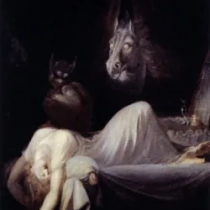 1741 - 1825
romanticism
1741 - 1825
romanticism
Description Johann Henry Fuseli
Johann Henry Fuseli, born on February 7, 1741, in Zurich, Switzerland, carved a niche in art history with his visionary and often macabre works. His life unfolded at the confluence of the Enlightenment and Romanticism, and Fuseli's art reflected the tumultuous currents of his era.
Initially destined for a career in theology, Fuseli's passion for art led him to London in 1764. The city's burgeoning artistic scene became a crucible for his evolving style. Fuseli's early works, such as "The Nightmare," showcased a fascination with the supernatural and an inclination towards the dramatic.
The artist's exposure to literature, especially the works of Shakespeare and Milton, profoundly influenced his art. Fuseli's imaginative interpretations of literary themes, often tinged with an element of horror, set him apart from his contemporaries. His paintings became visual manifestations of the gothic and sublime, exploring the darker recesses of the human psyche.
Fuseli's association with the Royal Academy of Arts in London, where he served as a professor, allowed him to wield significant influence. His lectures on art and aesthetics were known for their impassioned delivery, reflecting his belief in the transformative power of art to evoke intense emotions and stir the imagination.
The artist's personal life was as colorful as his canvases. Fuseli's marriage to Sophia Rawlins, known for her literary pursuits, created a household that became a hub of intellectual and artistic exchange. The couple's social circle included luminaries like William Blake and Mary Wollstonecraft.
Fuseli's art and theories on the sublime, while celebrated by some, faced criticism for their departure from traditional academic norms. His unorthodox approach, however, laid the groundwork for the Romantic movement, influencing artists like Blake and the Pre-Raphaelites.
As Fuseli aged, his output waned, and he faced financial challenges. Despite this, his impact on the art world endured. Fuseli passed away on April 16, 1825, leaving behind a body of work that continues to captivate and unsettle viewers. His legacy extends beyond the canvas, reaching into the realms of literature and aesthetics, where his ideas on the power of the imagination and the sublime resonate with the enduring quest for artistic expression.
Gallery
Paintings Johann Henry Fuseli
F.A.Q Section
"The Nightmare" (1781): A renowned painting depicting a woman in a state of distress with a demonic creature sitting on her chest.
"Macbeth Consulting the Vision of the Armed Head" (1793–1794): A dramatic portrayal inspired by Shakespeare's "Macbeth."
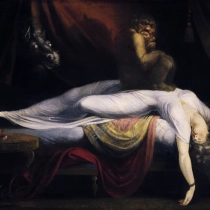
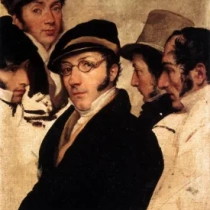
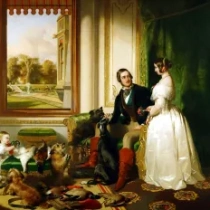
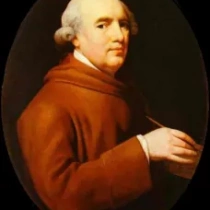
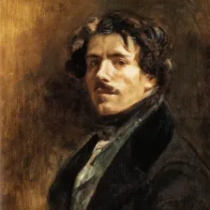
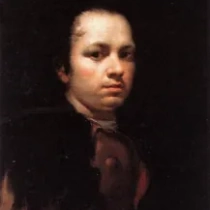
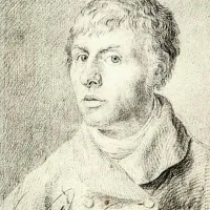
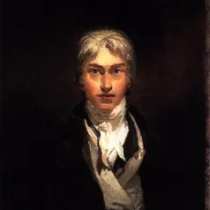


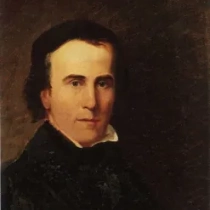
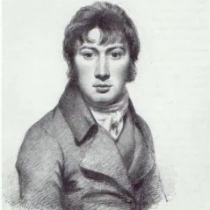
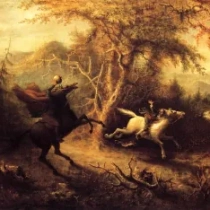
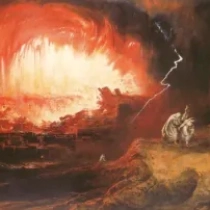
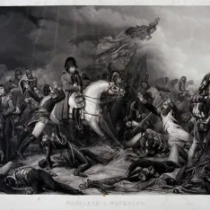
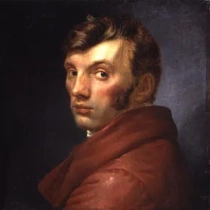
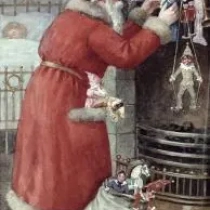
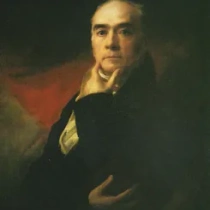
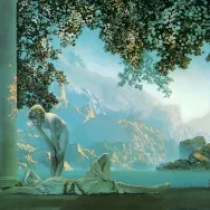
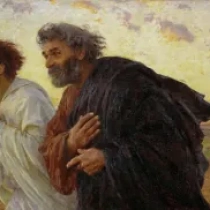
No Comments Yet...